The Rise of the Pay Us What You Owe Us Movement
The Pay Us What You Owe Us Womens Basketball Equality Shirt emerged from years of systemic disparities in women’s basketball. From wage gaps to unequal funding, female athletes have long been undervalued despite their achievements. This section dives into the origins of the movement and why this message resonates globally.




The Historical Context of Gender Inequality in Sports
Women’s basketball has faced institutional neglect for decades. While male athletes enjoy multimillion-dollar contracts and prime-time coverage, women’s leagues struggle for visibility.
The Pay Us What You Owe Us slogan encapsulates decades of frustration. It’s not just about salaries—it’s about respect, investment, and opportunities.
For example, the WNBA generates significant revenue but players earn a fraction of NBA salaries. This disparity isn’t due to lack of talent but systemic bias.
How the Shirt Became a Symbol of Resistance
Athletes and fans alike wear the Pay Us What You Owe Us Womens Basketball Equality Shirt to protest inequity. It’s a unifying emblem, much like the “Equal Pay” rallying cry in other industries.
Celebrities and influencers amplifying the message have propelled it into mainstream discourse. The shirt transforms passive support into visible activism.
Comparing Women’s and Men’s Basketball Investments
A few key differences highlight the imbalance:
- Salaries: Top WNBA players earn ~$200k vs. NBA stars making $40M+.
- Facilities: Many women’s teams lack charter flights or elite training resources.
- Media Coverage: Only 4% of sports media focuses on women’s sports.
This isn’t just about fairness—it’s about growth. Investing in women’s basketball yields returns, as seen with rising WNBA viewership.
How to Use the Pay Us What You Owe Us Shirt for Advocacy
The Pay Us What You Owe Us Womens Basketball Equality Shirt is more than fashion—it’s a tool for change. Here’s how to maximize its impact.
Wearing the Shirt at Games and Events
Sporting the shirt at games creates visibility. It sparks conversations and shows solidarity with players.
Pair it with social media posts tagging leagues and sponsors. Public pressure drives accountability.
Organizing Fundraisers and Awareness Campaigns
Use the shirt as merchandise for fundraising. Proceeds can support women’s sports initiatives or lobby for policy changes.
Host panel discussions or screenings wearing the shirt to educate communities on pay gaps.
Leveraging Social Media to Amplify the Message
Share photos with hashtags like
Challenge brands that sponsor men’s sports but ignore women’s leagues. Consumer demand shifts corporate priorities.
The Future of Equality in Women’s Basketball
While progress is slow, the Pay Us What You Owe Us Womens Basketball Equality Shirt signifies hope. This section explores what’s next for the movement.
Policy Changes Needed for True Equity
Governments and leagues must enforce pay transparency and equal funding mandates.
For instance, the U.S. Women’s Soccer Team’s lawsuit set precedents other sports can follow.
The Role of Fans and Allies
Fans must boycott unequal sponsors and attend women’s games to boost revenue.
Male athletes advocating for their female counterparts also accelerates change.
Success Stories to Inspire Action
The WNBA’s 2020 collective bargaining agreement raised salaries and benefits, proving progress is possible.
Young athletes seeing the shirt learn early to demand fairness, ensuring future generations won’t face the same battles.
Conclusion
The Pay Us What You Owe Us Womens Basketball Equality Shirt is a rallying cry for justice in sports. By wearing it, discussing its message, and pushing for systemic change, we honor the talent and dedication of women athletes. Equality isn’t just a goal—it’s an obligation. `
Be the first to review “Pay Us What You Owe Us Women’s Basketball Equality Shirt” Cancel reply
Related products
New Arrivals
New Arrivals
New Arrivals
New Arrivals
New Arrivals
New Arrivals
New Arrivals

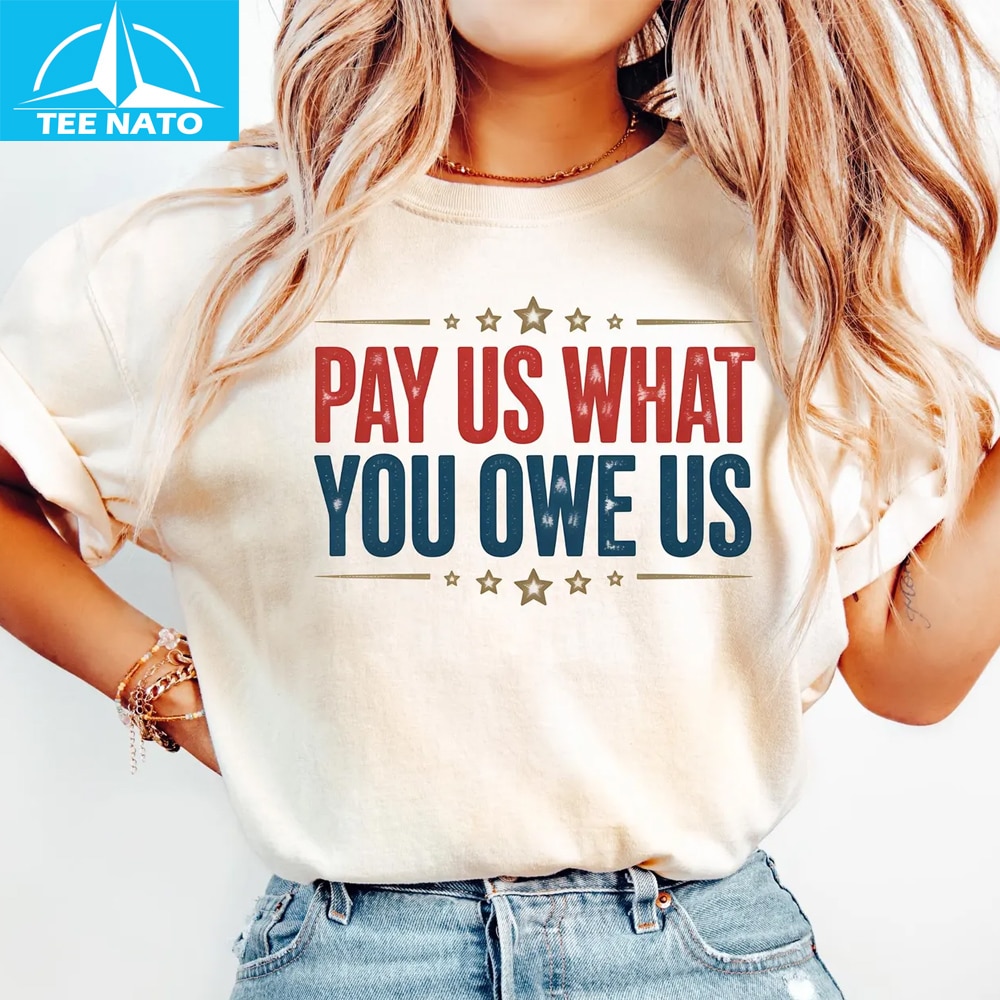
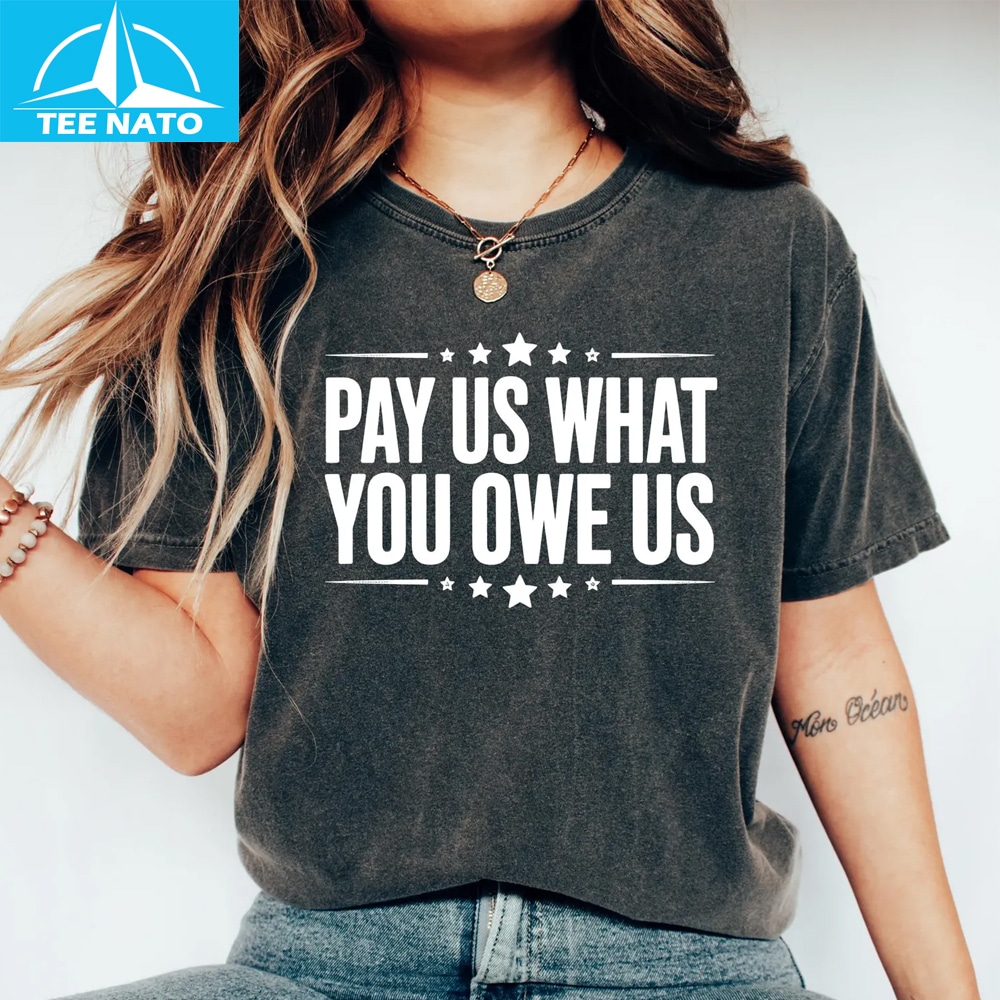
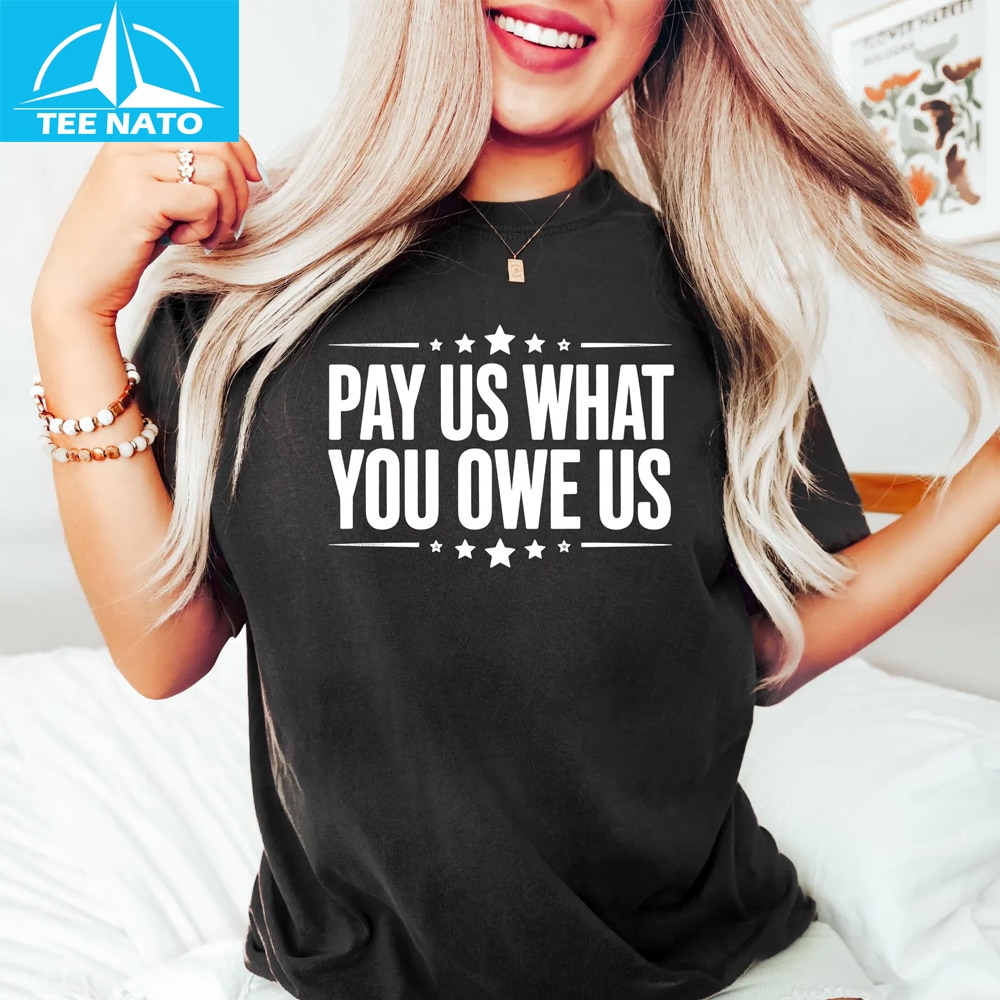
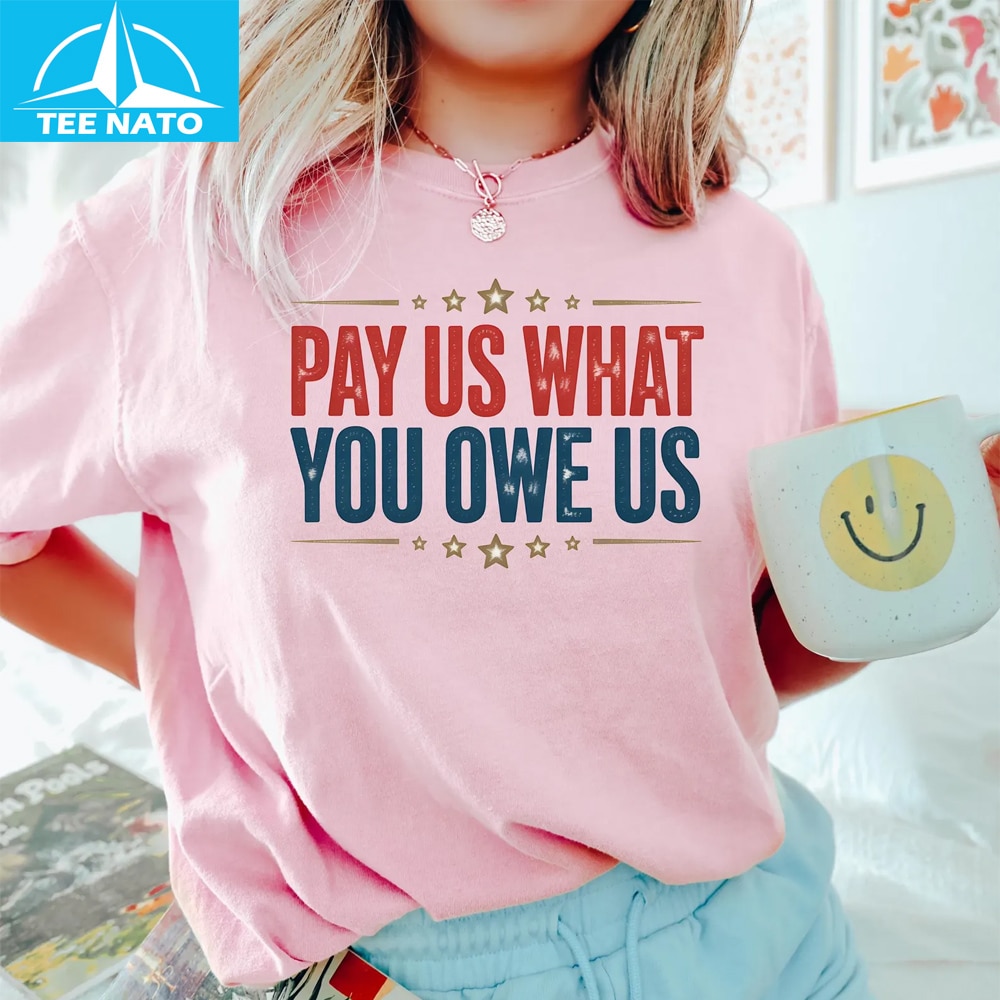
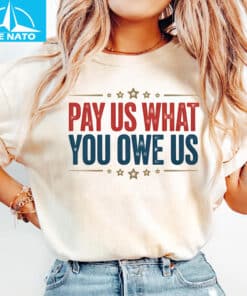
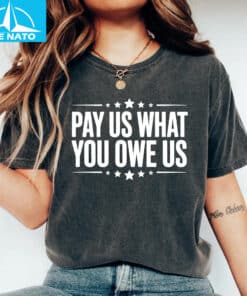
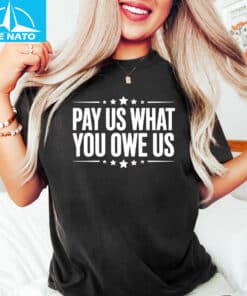
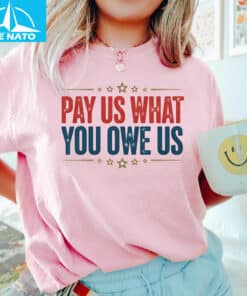
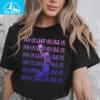


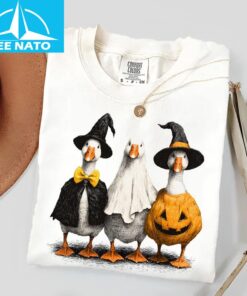
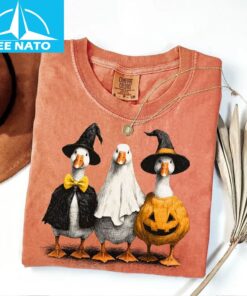
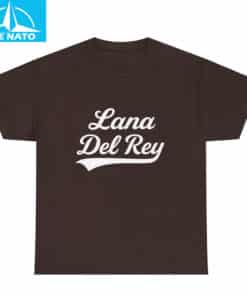
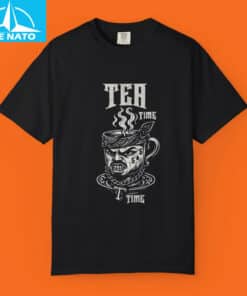


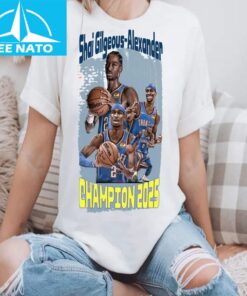













Reviews
There are no reviews yet.